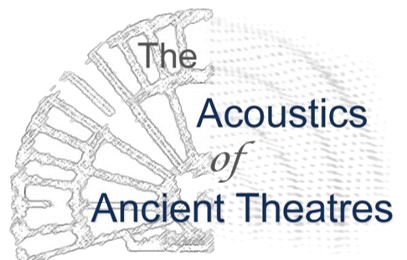
The Acoustics of Ancient Theatres
International Symposium
Verona - Italy, 6 to 8 July 2022
Assessing acoustic parameters in Early Music and Western Operatic singing
Silvia Capobianco , Orietta Calcinoni , Pasquale Bottalico , Sonia Tedla , Ilaria Lombardi , Luca Bruschini , Stefano Berrettini , Andrea Nacci
DOI: https://doi.org/10.58874/SAAT.2022.209
Abstract:Classical singing is not a homogenous basket. After two centuries of silence, since 1950s has made a comeback on the
stages all over the world Early Music, comprising repertoires from the VI to half of the XVIII century. The so-called
historically informed performance, which aims at playing a given piece of music as faithfully as possible to the approach
and manner of the musical era in which a work was originally conceived, has developed a style of singing Early Music
which has gradually differentiated it from the way we now intend the more common Western Operatic singing style. Perceptual
differences when comparing Early Music and Western Operatic singing regard contrasts in intelligibility, flexibility,
sound power, timbre, approach to passages of register, and vibrato features. This study focuses on differences in vibrato
acoustics and formant analysis in Renaissance (1500-1600) and Western Operatic (1800) singing styles, by comparing
acoustic recordings acquired from professionally trained singers specialized in the two repertoires. Possible differences
will regard a less precise characterization of vowel in Western Operatic singing, resulting in an overall decrease in intelligibility,
and a less pronounced singer’s formant and vibrato extent in Early Music singers.
Keywords:
Pages:197-197
Paper:![]()